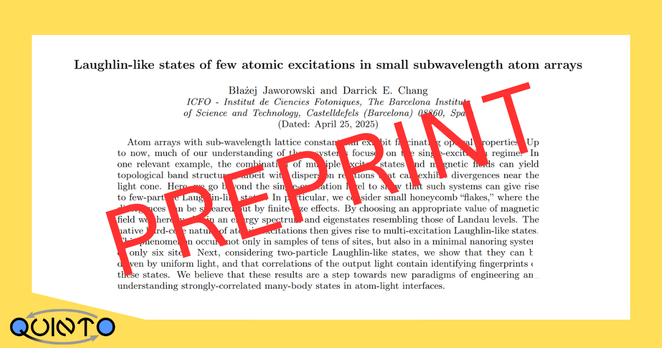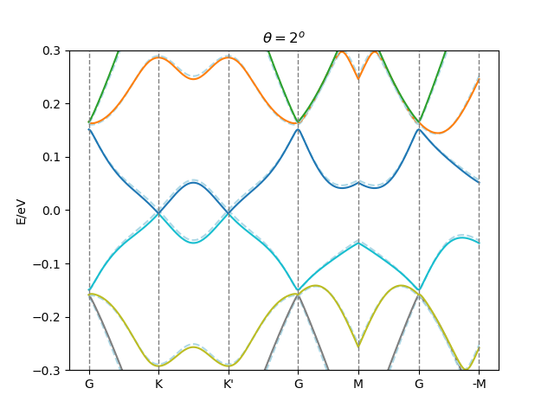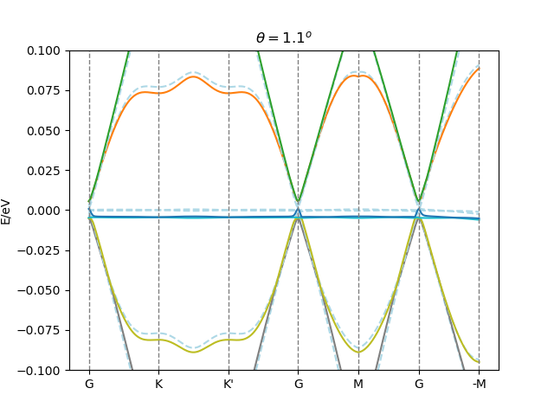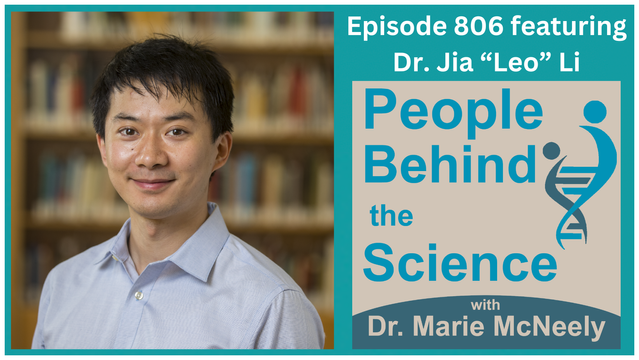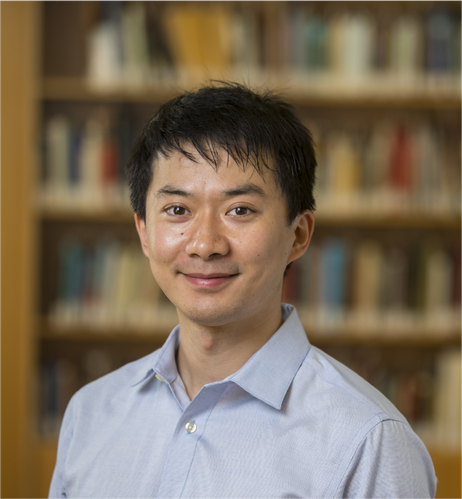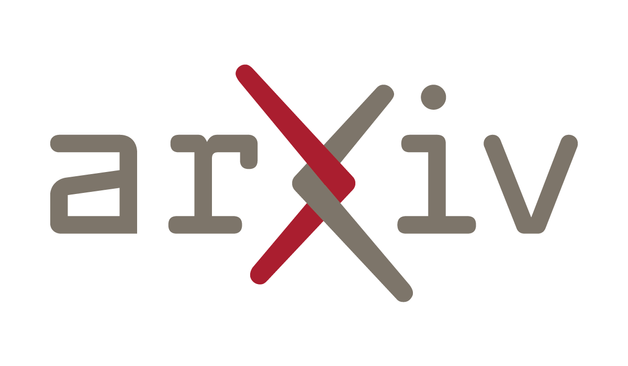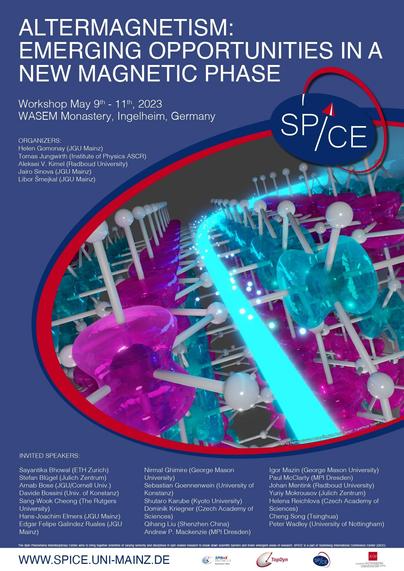Deep, chewy, rich, digestible. A cracking good job by #ScienceJournalist Zack Savitsky.
''But the implications go beyond just building better superconductors. A theory that explains strange metals may force a fundamental rethinking of how electricity works in all materials. It might subsume the standard theory the way general relativity, with its curved spacetime, subsumed Isaac Newton’s theory of gravity—and prove just as unsettling. Strange metals are forcing physicists to ask whether the very idea of an electron, or any particle for that matter, is an oversimplification of what’s really going on. “The violation of the standard theory of solids in these strange metals is so dramatic—it’s in your face,” says Qimiao Si, a physicist at Rice University who collaborates with Paschen. “There’s no question there’s new physics.”''
#StrangeMetals
#conductivity
#electrons
#CondensedMatterPhysics
https://www.science.org/content/article/strange-metals-point-whole-new-way-understand-electricity
